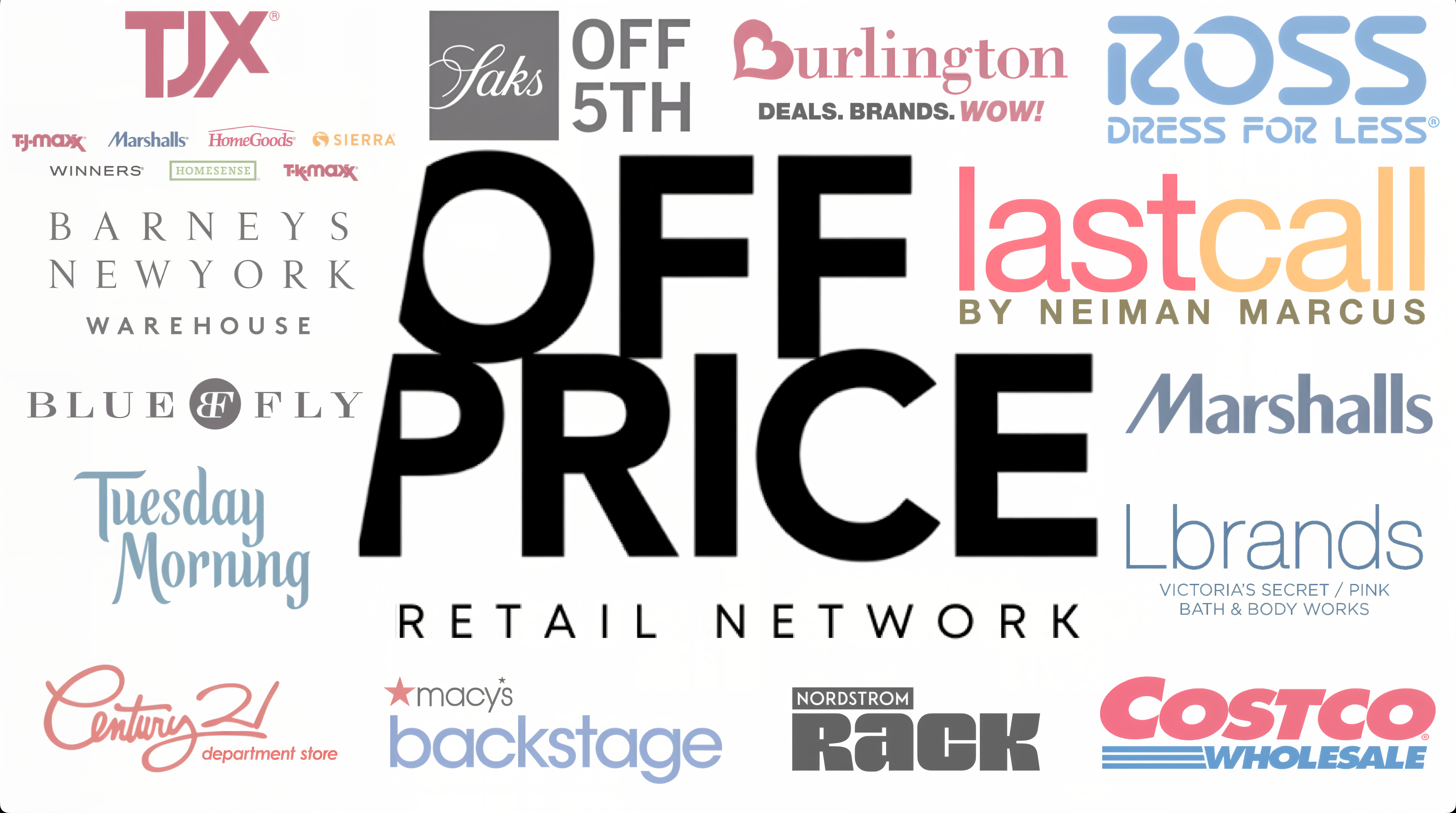Off-price Retailing is In-demand
Source: Bamboo Rose By: Elizabeth Damioli
When we look at the retail landscape today, we see what boils down to three broad tiers of store success:
– Tier 3 – Struggling: This tier is reserved for traditional, slow-to-adapt department stores.
– Tier 2 – Thriving: Brands that have adopted innovative business practices and software are seeing success.
– Tier 1 – Shocking: Off-price retailers who operate nearly exclusively in brick-and-mortar, but are growing faster than any other tier.
It’s one of the retail surprises from recent years: While traditional department stores are struggling to entice consumers to their brick-and-mortars, off-price retailers like TJX, Burlington and Ross Stores are thriving. Legacy brands that refuse to adapt to an increasingly digital landscape have been in decline for years (their fall from grace has been well-documented by the retail media), and even compared to hot tier 2 retailers, off-price is making major waves.
A few revenue figures: Department stores are on pace to collectively lose $22 billion in sales by 2021, and have already lost $25 billion in sales on a combined basis since 2011. By contrast, off-price retailers are prospering in the e-commerce-driven New Retail Economy: They have gained $14 billion in revenue since 2011, and expect to see additional growth – up to $19 billion – in the next five years.
What’s their secret?
Off-price retail’s success can be attributed to their vastly different sales strategy and business models. When a designer overproduces, or when other stores overbuy, off-price retailers swoop in to buy these products at a discounted price and pass those savings on to their consumers. Surprisingly, these retailers thrive without e-commerce; for example, TJX companies reported that online sales only accounts for about 1 percent of their total business and have an “immaterial impact” on growth.
In a retail landscape dominated by e-commerce giants – ahem, Amazon – some may be surprised to see these physical retailers achieve such success. While Amazon has no doubt begun infiltrating several sectors of the retail industry, it seems they have not caught on to off-price success, as their model too closely resembles a full-price department store. Off-price retail also delivers a uniquely physical experience that provides instant gratification that you can’t get online. Rifling through racks, bargain-hunting for that perfect items leads to a feeling of satisfaction (“I found an awesome deal!”) and instant gratification that consumers can’t find online.
With more than 1,000 buyers worldwide sourcing from 18,000 vendors in more than 100 countries, off-price retail’s model is difficult to replicate. With such a collaborative supply chain, it’s clear why these retailers are heads above their competitors. They work with diverse vendors from big name brands to designer and up-and-coming labels, allowing for the hypercuration that consumers demand.
Undoubtedly, off-price retailers will continue to use supply chain collaboration as the biggest way to inspire innovation and creativity. Their varied product lines keep consumers coming back for more, despite there being few bright spots in traditional brick-and mortal retail. With seemingly fool-proof strategies to survive the retail apocalypse and Amazon’s retail takeover in place, off-price continues to boast tier one retailers, and will for the foreseeable future.
While off-price retail booms, traditional retailers are managing how digital shoppers effect their business.
